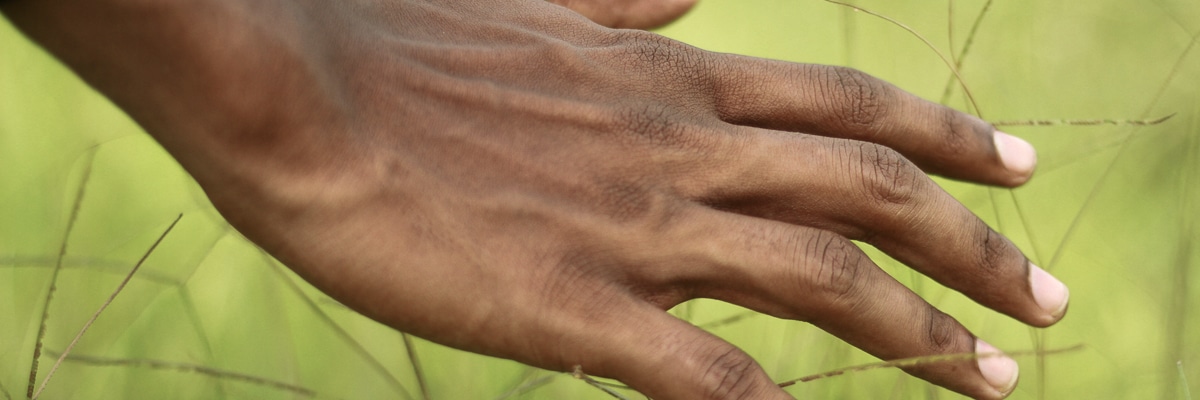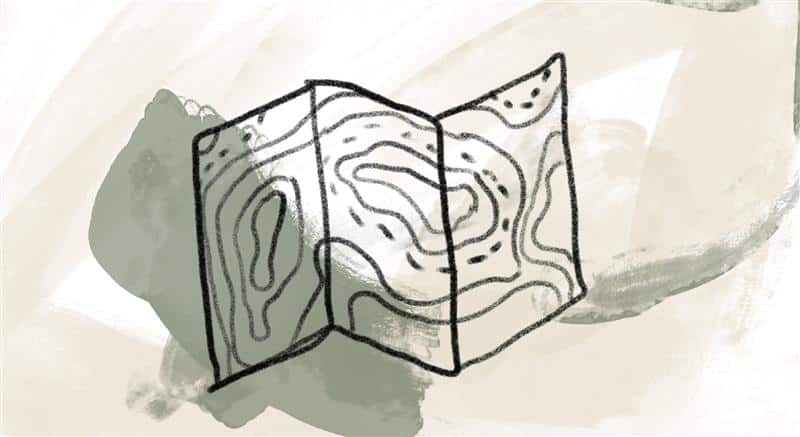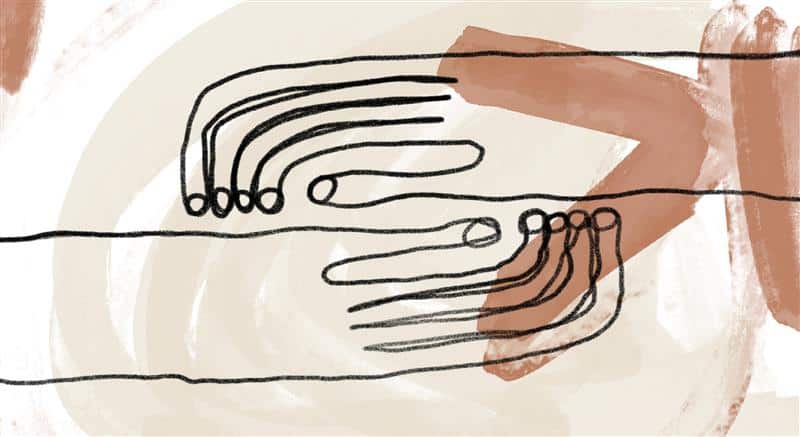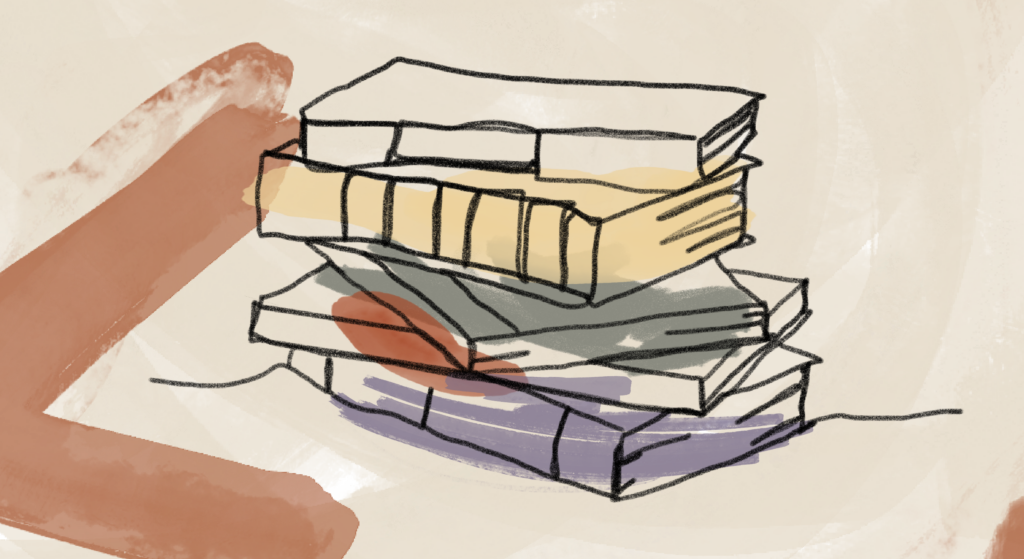
Richard Rohr encourages regular contemplative practice.
To live in the present moment requires a change in our inner posture. Instead of expanding or shoring up our fortress of the small self—the ego—contemplation waits to discover who we truly are. Most people think they are their thinking; they don’t have a clue who they are apart from their thoughts. In contemplation, we move beneath thoughts and sensations to the level of pure being and naked awareness.
In contemplative prayer, we calmly observe our own stream of consciousness and see its compulsive patterns. We wait in silence with an open heart and attuned body. It doesn’t take long for our usual patterns to assault us. Our habits of control, addiction, negativity, tension, anger, and fear assert themselves. When Jesus is “driven” by the Spirit into the wilderness, the first things that show up are “wild beasts” (Mark 1:13). Contemplative prayer is not consoling, at least not at first, which is why so many give up. Yes, truth will set us free, but generally, it first makes us miserable. [1]
Inspired by Father Thomas Keating (1923–2018), the founder of Contemplative Outreach, Richard developed this exercise:
Imagine you are sitting on a riverbank. Boats and ships—thoughts, feelings, and sensations—are sailing past. While the stream flows by your inner eye, name each of these vessels. For example, one of the boats could be called “my anxiety about tomorrow.” Or along comes the ship “objections to my husband” or the boat “I don’t do that well.” Every judgment that you let pass is one of those boats; take time to name each one and then allow them move down the river.
This can be a difficult exercise because you’re used to jumping aboard the boats—your thoughts—immediately. As soon as you own a boat and identify with it, it picks up energy. This is a practice in un-possessing, detaching, letting go. With every idea, with every image that comes into your head, say, “No, I’m not that; I don’t need that; that’s not me.”
Sometimes, a boat turns around and heads back upstream to demand your attention again. It’s hard not to get hooked by habitual thoughts. Sometimes you’ll be tempted to torpedo your boats. But don’t attack them. Don’t hate them or condemn them. Contemplation is also an exercise in nonviolence. The point is to recognize your thoughts, which are not you, and to say, “That’s not something I need.” But do it very amiably. As you learn to handle your own soul tenderly and lovingly, you’ll be able to carry this same loving wisdom out into the world. [2]
Many teachers insist on at least twenty minutes for a full contemplative “sit,” because we have found that the first half (or more) of any contemplative prayer time is just letting go of those thoughts, judgments, fears, negations, and emotions that want to impose themselves. We become watchers and witnesses, stepping back and observing without judgment. Gradually we come to realize those thoughts and feelings are not actually “me.” [3]
References:
[1] Adapted from Richard Rohr, Everything Belongs: The Gift of Contemplative Prayer (Crossroad, 1999), 75.
[2] Adapted from Richard Rohr, Simplicity: The Freedom of Letting Go (Crossroad, 2004), 94–95. See Thomas Keating, Open Mind, Open Heart: The Contemplative Dimension of the Gospel, 20th anniv. ed. (Continuum, 1986, 2006), 20, 78-79, 120.
[3] Adapted from Richard Rohr, Contemplative Prayer (Center for Action and Contemplation, 2007). Available as MP3 audio download.
Image credit and inspiration: Exisbati, Untitled (detail), 2021, photo, India, Unsplash. Click here to enlarge image. Silence invites us to attend deeply to the present moment, like a hand extended in a field, aware of each blade of grass sliding over the skin, simply being here now.
Story from Our Community:
The theme of embracing tears has reached the deepest part of me. I recently had a health scare that brought my two adult sons to the hospital with me. When I think about the time they spent away from their jobs and young families to ensure I was okay, I cry in gratitude. More and more, I’ve been embracing how good it feels to cry. Amidst the tears, I feel closer to God than ever before. I’m beginning to think our nation should have a big cry together. It might do us all some good.
—Leanne H.




